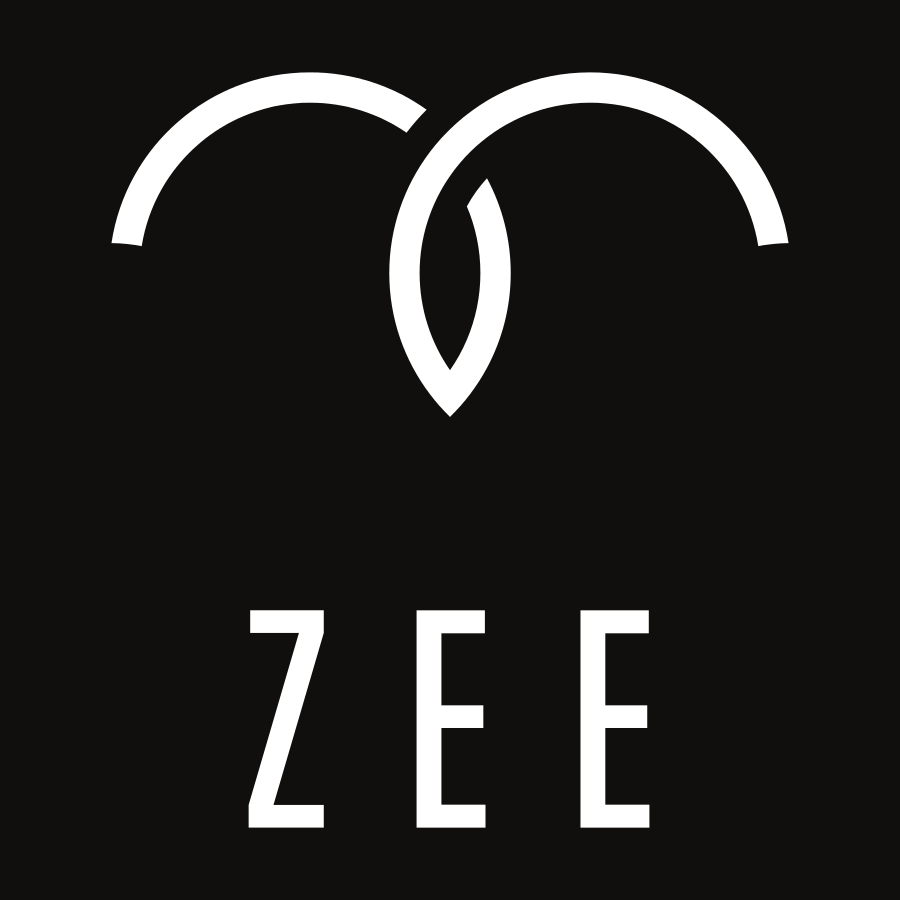Gabriel Hoffmann ( , LinkedIn, facebook )
I work in Apple's Special Projects Group on autonomous systems. My previous job was as a flight controls engineer at Zee.Aero, a startup in Mountain View, CA, working on new aircraft concepts. We kicked off the company in 2010. Our work was at the intersection of advanced vehicle autonomy, advanced aerodynamics, and electric propulsion — focusing on green transportation. The company is now called Kittyhawk.
Prior to Zee.Aero, I completed my PhD in 2008 with Prof. Claire Tomlin in her Hybrid Systems Lab at Stanford University, majoring in Aeronautical and Astronautical Engineering, focusing on estimation and control. In 2004 we started making STARMAC, a multi-agent quadrotor testbed (details in DASC, CEP, and my thesis). I worked with Sebastian Thrun and the Stanford Driving Team, developing the control systems for Stanley and Junior, our autonomous cars in the DARPA Grand Challenges. Finally, I developed methods for information theoretic control and applied my methods to multi-agent autonomous search-and-rescue using particle filters (details in TAC). This gives robotic vehicles the ability to cooperate and to determine what observations they should make to be most effective in accomplishing their goal. The resulting robots thus become a mobile sensing platform with a higher degree of autonomy.
After graduating, I worked at the Palo Alto Research Center (PARC) in the Intelligent Systems Lab. One of my main projects there was the DARPA LANdroids program — a self-deploying mobile tactical radio relay platform (developed by iRobot). We programmed the robots with the ability to move to optimize the network and self-heal, detect intruders, and provide situational awareness. I developed a control system to rapidly traverse wall edges with only an IR proximity sensor. We also used touch sensors and proximity sensors (and later LIDARs) to perform simultaneous localization and mapping (SLAM) with a particle filter, as well as a computationally light-weight alternative.

